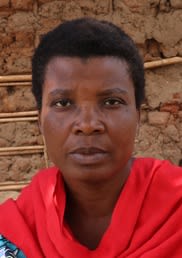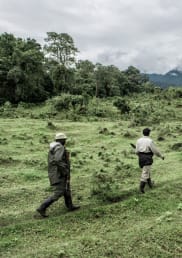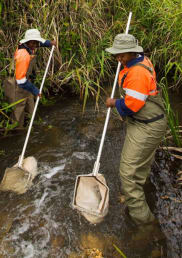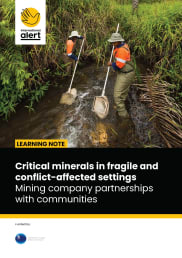War is not yet over: Community perceptions of sexual violence and its underpinnings in eastern DRC
This report considers whether or not it is still valid to describe sexual violence as a weapon of war in Eastern Democratic Republic of the Congo (DRC) and explores possible reasons for its continuing high levels.
Although a global peace agreement (the Lusaka accords) was signed in 2003, elections were conducted in the DRC in 2006 and various local peace agreements were subsequently signed with North and South Kivu Congolese armed groups in 2008 and 2009, war is not yet over in Eastern DRC. From a community perspective, one of the primary indicators of this, that ranks above all the other forms of physical insecurity including raids, abductions, looting of goods and livestock, burning of houses and killings, is the persistence of sexual violence.
That all of these remain current realities is evident in all four sites visited, namely Butembo and Rutshuru in North Kivu, and Walungu and Uvira in South Kivu. Women, girls, men and boys all continue to be victims of sexual violence and abuse perpetrated by a range of actors. Although the military and armed groups remain the primary perpetrators, sexual abuse is also perpetrated by civilians, including supposed sources of moral authority, such as teachers, pastors, priests, catechists and peacekeepers.
Three major clusters of issues appear to underpin the persistence of what is experienced by ordinary people as a state of war. Firstly, poverty, as evidenced in questions of land, livelihoods and identity. The availability of land for cultivation has been progressively reduced since the mid 1940s through a series of interconnected events and trends that include the arrival of Rwandan refugees in the wake of the 1994 genocide, of foreign armed groups from the mid-1990s to date, and of domestic armed groups seeking to control access to resources.
The continued presence of armed groups, as well as generalised insecurity, creates numerous no-go zones for the general population. This, and the resultant impoverishment caused by reduced agricultural production, coupled with increasing disparities of wealth between a land-grabbing elite which has emerged as a result of the war and the poor, whose situation has worsened, are one factor driving young people to join the various armed groups that continue to emerge. This tendency is further aggravated when economic tensions become framed in terms of ethnicity and nationality.






